There exists a direct link between a common household chemical and the TOP gene associated with Type 2 Diabetes ..
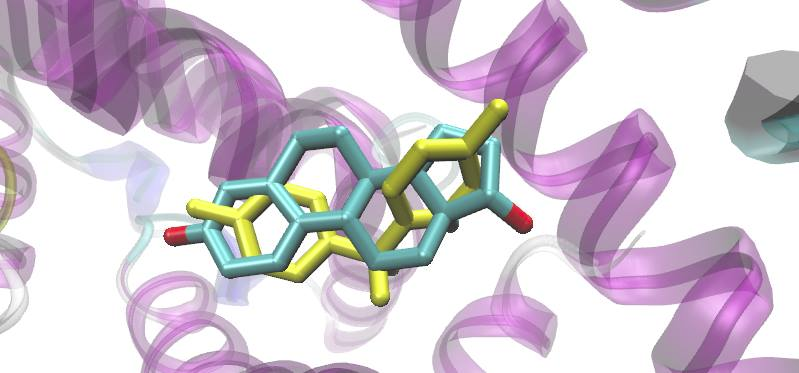
For the last several years, a small minority of researchers have been sounding the alarm about BPA, a molecule used to make plastics. This molecule binds to hormone receptors at the molecular level. At the organism level, its been shown that exposure to mice causes insulin resistance, and BPA shows up more often in the urine of diabetics.
Today, we are going to dive deep into the genetics of Type 2 Diabetes, and we may find out that the situation is much more dire than we ever considered. It turns out that BPA may be regulating the primary gene associated with Type 2 Diabetes, found in countless genetic studies. This finding suggests a more subtle and evasive explanation for the diabetes epidemic that we may have ever expected. Our genes haven’t changed in the last 50 years, but the chemicals we make certainly have!
I hope you like swimming in data, we are about to dive deep.

The Power of Genome Wide Association Studies
If you’ve followed my previous two articles, you’ll realize that I’m rather obsessed with genetic association studies. By surveying genetic variants across hundreds of thousands of people, we can figure out the actual molecular mechanisms of disease. The following figure shows us the genetic landscape of Type-2 Diabetes from my favorite meta-analysis. The X-axis indicates the location of a gene in the genome. Points are single-letter changes in that genes code that predispose to the illness. The higher the point, the more significant that single letter change is.

We can see that the gene near the middle, TCF7L2, is the most statistically significant predictor, with some studies claiming that it roughly doubles your lifetime risk of developing Type 2 Diabetes. In 2015, 9.4% of the US population had diabetes, and over 250,000 people died with diabetes mentioned as a contributing factor. This cost our health system $327 Billion in 2017.
This is a big deal, and that gene is the center of it all.
BUT IT’S NOT ALL GENETICS
Yes, that’s true. The genome describes the code running within our bodies, but our lifestyle certainly matters. The FTO gene in that plot above is the top obesity gene, for example. The MTNR1B gene is a melatonin receptor, which regulates how cells in your body respond to sleeping patterns. Common knowledge indicates that diet, exercise, and sleep all matter.
But are these factors the most important factors? Could there be something else? Perhaps something that explains that top gene, TCF7L2? All diseases are both a product of both our genetics and our environment.
Gene’s aren’t static
While your genome happily sits in your cells nucleus containing the blueprint for how to build everything in your body, those genes must be turned on in specific tissues, and at specific times, to perform useful work. The activation of genes in your body is called “gene expression”, and patterns of these gene expression can tell us about the specific programs that cells are running.
Eat something, and metabolic genes are turning on. Fall asleep, and repair genes are turning on. Run from a tiger, and genes are switching on (HOPEFULLY) to build faster muscles. If the wrong genes switch on however, or if important genes switch off, function of a cell can be lost, and disease can result.
Drugs change gene expression
Exposure of cells to chemical compounds can also change gene expression patterns. This can be bad, in the case of toxins, or good, in the case of drugs.
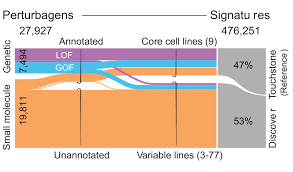
The Broad Institute, one of the largest genomic research organizations, has systematically tested gene expression patterns in many different cell types exposed with more than 19,000 substances. This large dataset is the Connectivity Map (CMap). They have made available a fantastic online search tool that exposes the data to exploration from citizen scientists like us!. If you are a nerd like me, you might find yourself digging into the data for months getting lost with the genomes shear complexity.

Fortunately for us citizen scientists, YOU can query this data yourself for genes or compounds of interest. This is the interactive portion of this article. FOLLOW THIS LINK RIGHT NOW, and type the command “/conn TCF7L2” to query the database for drugs and genes that “perturb” the top Type-2 Diabetes gene…. TCF7L2
Seriously, do this. I want you to understand that you shouldn’t trust some random blogger or research nonprofit, but this dataset is hosted by one of the most respectable biology research institutions funded on a project run by the NIH. This data is quite real, and it isn’t even mine.
Out of more than 19,000 compounds in the database, the heatmap shown will only include the top positive and negative scoring connections. In general, if a compound has a highly positive score, it means that it causes a shift in gene expression highly similar to the thing you queried for. A negative score implies a shift in the opposite direction.
After querying for TCF7L2, you should see a screen that looks like this. We’ll mostly discuss the compounds in this article, but it’s worth noting that the top associated gene, CDKN2B, was discussed in our previous analysis as the top gene associated with heart disease. It is also one of the shorter peaks in the T2D Manhattan Plot above, and so clearly has a genetic link with diabetes.
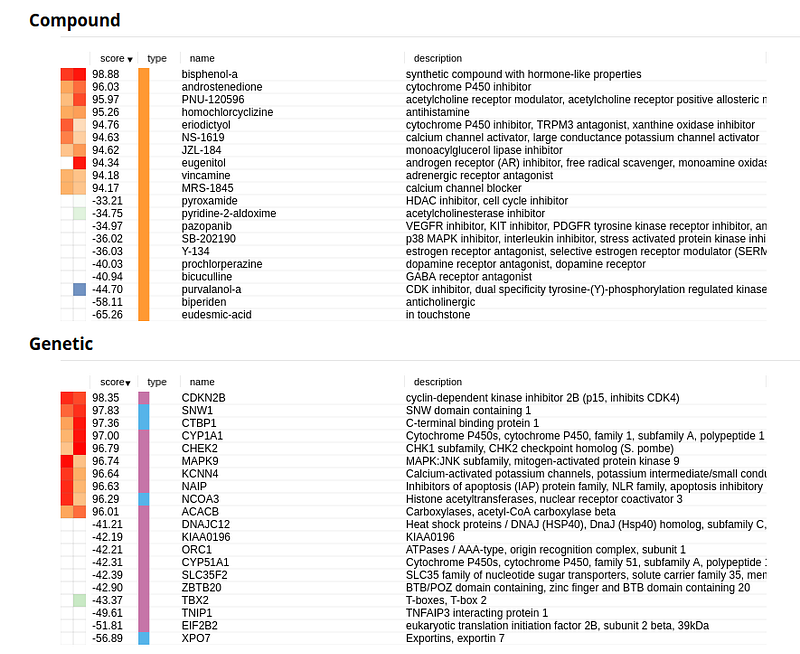

That compound at the very top of the list, bisphenol-a (BPA), is one of the most mass-produced chemicals by man, and is used to make polycarbonate plastic and epoxy resins. It began use in consumer products around 1953. In the 1980s, mankind produced over 1 MILLION TONS annually, and that doubled to NEARLY 2.2 MILLION TONS in 2009. While its use is being phased out in many plastic bottles, to this day, BPA-containing resins still line the inside of every soda can. Incidentally enough, consumption of sugar sweetened beverages, including those from cans, is one of the easiest predictors of diabetes known to the research community. Maybe it wasn’t just the sugar!
But I don’t drink soda pop!
Don’t worry: Traces of BPA are also contained in the PVC water pipes that likely supply your house, and this is thought to be a primary route of exposure. Even more astonishing, BPA is used to coat the paper used to print receipts. Every time you buy a product and take a receipt from the purchase, small amounts of BPA pass through the skin and show up in urine for a period of time longer than if it were ingested! Intriguingly, its been shown that cashiers, who handle receipts daily, have higher levels of BPA in their urine and a higher prevalence of insulin resistance.
In our receipt-filled consumer society, this is an ironic example of how the consumption of anything can still predispose you to diabetes.

As a diabetes geneticist, I can tell you that talks about BPA rarely take center stage at the largest diabetes conferences . This database however indicates that BPA is the strongest compound (out of 19k others in the Broad database!) in perturbing the function of that gene. The Connectivity Map experiments were not performed with any particular hypothesis in mind. They simply threw as many chemicals as they could against as many cells as they could.
What does BPA do, exactly? It disrupts your hormone receptors! It binds to both estrogen receptors, as well as the androgen receptor (AR), which senses the hormone testosterone. Incidentally, the second compound on the list above is an intermediary byproduct of hormone production in the human body that weakly binds to both receptors as well.
It gets worse. Recall that TCF7L2 is not the only gene behind Type-2 Diabetes, just the most significant. The second most significant gene is CDKAL1.
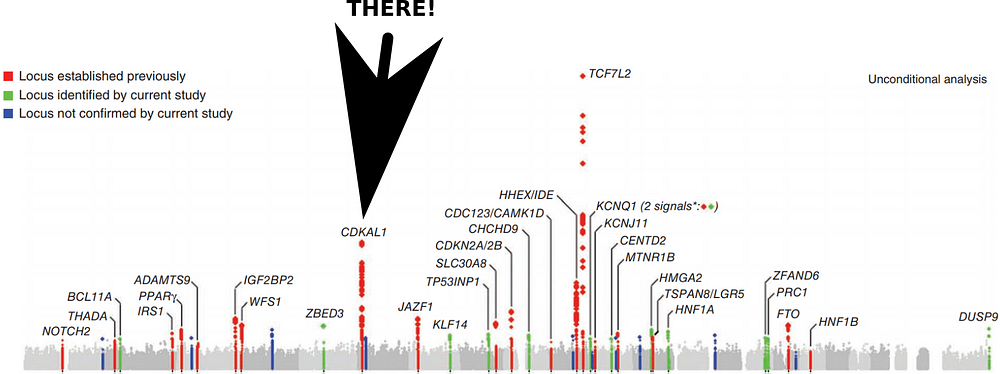
Plug CDKAL1 into clue.io, and you’ll once again find bisphenol-a in the top-hit list. Its no longer first place, but 5th out of >19,000 other compounds. The top hit is a potassium channel blocker, which is interesting because two potassium channels (KCNJ11 and KCNQ1) are also associated in the plot above.

How Does BPA Break Us?
To understand why BPA leads to diabetes, we need to understand what the TCF7L2 gene is and how it works in the cell. Genes aren’t static in the body, but constantly switched on and off. At the molecular level, this is performed by “Transcription Factor” genes that bind to DNA at very specific locations to activate other downstream genes. Transcription Factors are somewhat like the __main__ methods of specific cellular programs.

TCF7L2 is a member of the TCF family of transcription factors that regulate adipogenic (fat) and myogenic (muscle) growth. It is activated by the WNT (“wint”) signaling genes that bind to “Frizzled” receptors, and the cascade of reactions eventually allows genes like TCF7L2 to bind to DNA and turn other genes on, telling a single cell what kind of cell it should grow up to be.
It has been shown that this WNT signaling axis is critical for proper development of the pancreas and muscle. In fact, if you turn this signaling pathway off in muscle cells, they start storing fat and acting like fat cells! The loss of muscle protein, and the accumulation of fat inside a muscle cell is a defining feature of Type 2 Diabetes.
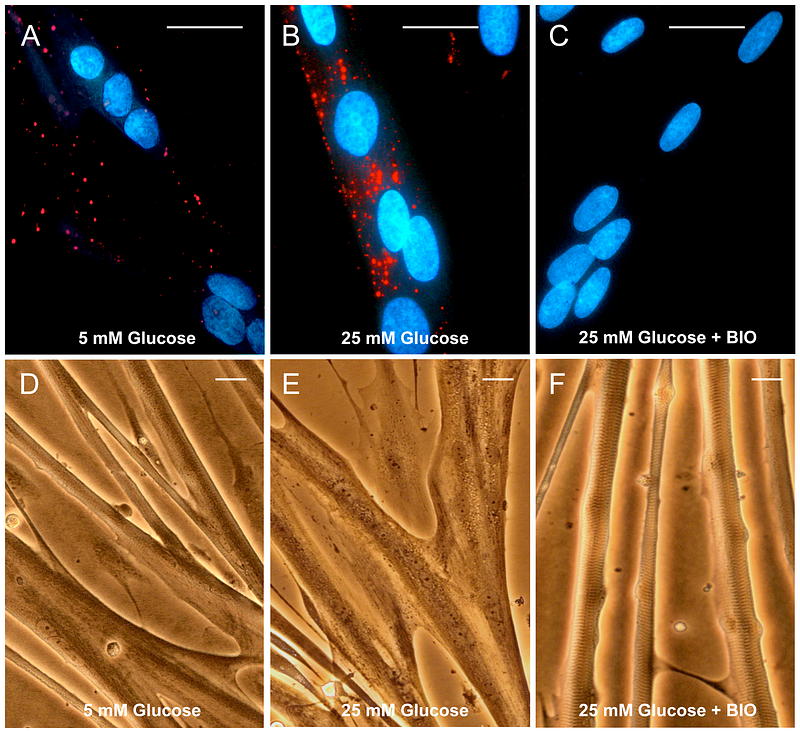
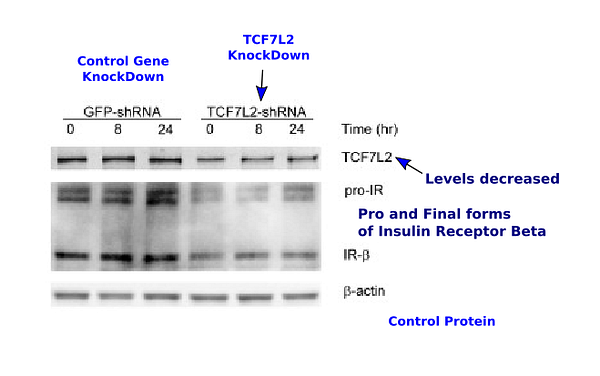
TCF7L2, it turns out, is a core activator of the entire insulin signaling pathway. In fact, if you turn TCF7L2 off, the insulin receptor itself is turned down, directly limiting the cells uptake of glucose. If this happens, your pancreas can release all the insulin it wants but your tissues will leave the glucose in the blood. This is diabetes in a nutshell. As it turns out, the molecule BPA causes a similar decrease in insulin receptors when exposed to muscle, which is further evidence of this direct molecular link.
Furthermore, even relatively low doses of BPA, when exposed to pancreatic beta islet cells, will stimulate a substantial release of insulin, which is another hallmark of Diabetes and Obesity. Years of this elevated hormone secretion that yields to eventual death of the beta islet cells. When this “beta cell burnout” occurs, the body fails to produce enough insulin to dispose of blood glucose properly, and the most severe symptoms of the illness take hold. Interestingly enough, even small concentrations of BPA have been demonstrated to cause the death of pancreatic cells through this mechanism.
All in all, this molecule, produced in the millions of tons per year, seems to decrease insulin receptors in cells, increase insulin production in pancreatic cells, and cause eventual death of those pancreatic cells. These are all the hallmarks we have grown familiar with.
It’s Time for Plastic Measures!
The debate over BPA has raged on for a decade, and a central feature of this perpetual debate is regarding whether or not the concentration of BPA used in lab experiments is relevant for levels of environmental exposure. Alongside this debate are numerous industry advocacy groups that espouse the safety of BPA by sponsoring scientific research that greatly discounts the mounting evidence : https://www.factsaboutbpa.org/bpa-overview/myths-realities
Despite the aggressive discounting of these industry groups, it has been shown in mice that a serum concentration of BPA tenfold beneath safe guidelines during pregnancy can permanently alter the metabolic hormone profiles and insulin sensitivity. Beyond this, epidemiological evidence from the NHANES cohort shows a higher risk of cardiometabolic risks in participants with higher urine BPA levels.
Genetic Effects
A study in 2016 it was shown that specifically those with a high genetic risk were most susceptible to developing diabetes with BPA exposure.Diabetes Genetic Risk Score Modifies Effect of Bisphenol A Exposure on Deterioration in Glucose…
As one of the world’s most commonly used manufactured chemicals ( 1), bisphenol A (BPA) has been linked to a wide…academic.oup.com
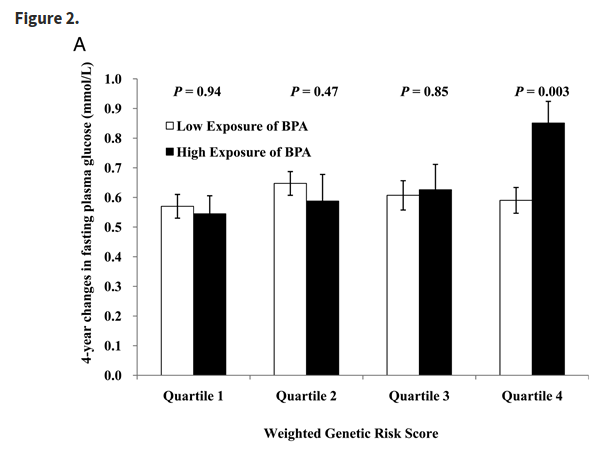
So what do we do about this?
Given this evidence, it is highly possible that BPA is exerting its influence through a mechanism that is highly dependent on which version of the TCF7L2 gene you have. If this precise molecular mechanism can be found, we could potentially study diabetes in a much deeper way. To address this concern, we aim to conduct a citizen science project soon to study the relationship between BPA exposure and disease incidence. If you want to know when we launch this project, signup for our newsletter and follow us on Twitter.
You did it didn’t you? You drank it all up!
Could we have done this to ourselves? All this fighting over macronutrients, and it might turn out to be a tiny little molecule, only nanograms of which bind to the wrong receptors at the wrong time?


